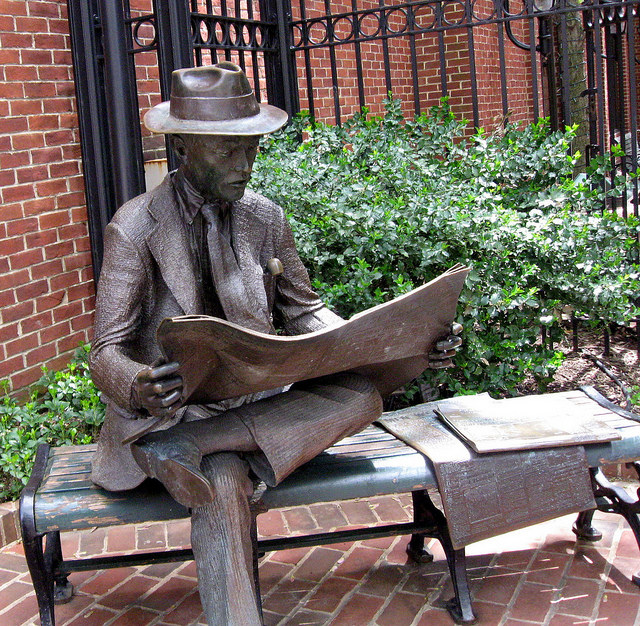Call for blog posts

The blog of the AESOP Young Academics network is looking for regular and occasional contributors to write on diverse topics related to spatial and territorial planning. Contributions can be made on just about any aspect of spatial planning. Detailed examples of themes and contribution types can be found on the "Themes" tab of the YA blog website, which are simply listed here again:
- Methodology and ethics
- Dissemination, outreach, communication
- Research quality and assessment
- Beyond planning
- Planning, city, society / Planning and conflict
- Territory, landscape and land
- Sustainability and resilience
- Heritage and planning
- Books and book reviews
- Event summaries
- Useful resources
The Thematic Groups of the AESOP network also provide a good overview of much of the wide-ranging research conducted by its members. The thematic groups overlap with the themes listed above.
Guidelines for contributions to the YA blog can be found here.
Here are a few more suggestions of themes for contributions (among many others!):
Bridging Theory and Practice.
The gap between planning theory and practice is nothing new. We often hear that research and practice evolve in parallel worlds, subject to different organisational cultures and project timeframes. At the same time, there is ample evidence that planning theory and practice feed off each other in very diverse ways, especially where individuals become planners and academics at different points in their career (e.g. the journal of the UK Royal Town Planning Institute is named Planning Theory and Practice). Check out also the latest volume of the AESOP YA network's own truly open access journal, PlaNext, vol. 5 Dec 2017, themed "Spatial Governance: Bridging Theory and Practice".
Contributions to the blog are warmly encouraged about how theory and practice shape each other. Particularly, contributors are invited to share their personal stories, experiences, and career paths across academia and practice, including practice-led research and research-based practice, as well as insights about the role of education (both formal and informal, from pre-school nurseries to continuing education). How can we continue to build stronger bridges between theory and practice?
Food and planning
Food might not always appear as the main concern of spatial planners, particularly in post-industrialised contexts, yet its spatial and societal implications are tremendous. As food and water security will rise even higher on the global agenda due to environmental change, a growing body of research and hands-on experimentation is already showing the way toward more resilient, equitable and ecological forms of food production and landscape management, including the socio-cultural and economic networks and innovations that can sustain the health of both people and the environment. How can spatial planning better promote more sustainable food?
Consumption and planning
Beyond food, people consume huge amounts of consumable goods and services. Strangely enough, the regulation of “planned obsolescence” (i.e. designing consumer products to last a limited period of time, so as to increase consumption levels) usually falls outside the remit of spatial planning (yet see how one country is suing Apple for slowing down its phones). While cities around the world are becoming carbon neutral, the consumption habits of their citizens are actually becoming ever more carbon intensive, with huge implications for environmental pollution and the depletion of resources worldwide. From plastic pollution in the seven seas to “peak everything”, how can spatial planning promote more sustainable forms of consumption?
All roads lead to Planning
"Everything is spatial" goes the saying in geographically-minded circles. Likewise, (almost) everything can be related back to planning. Themes of interest to the blog are therefore countless: Climate resilience, Environmental Assessment, Post-truth and populism, Evidence-based planning, the Impact of academic research… you name it!
See here for guidelines for contributions to the blog.
So open your favourite word processor or online note-taker and get blogging! Looking forward to receiving your submissions.
When you subscribe to the blog, we will send you an e-mail when there are new updates on the site so you wouldn't miss them.


Comments 3
[…] is a recent call for blog posts for the Young Academics network of the Association of European Schools of Planning (AESOP). A […]
[…] network is looking for contributions on all aspects of spatial planning (see for example a general call for blog posts, including such themes as “bridging theory and practice”, and a call for insightful […]
[…] participatory forms of planning. This aptly reinforces the salience of contributions that aim to bridge theory and practice, among other types of […]